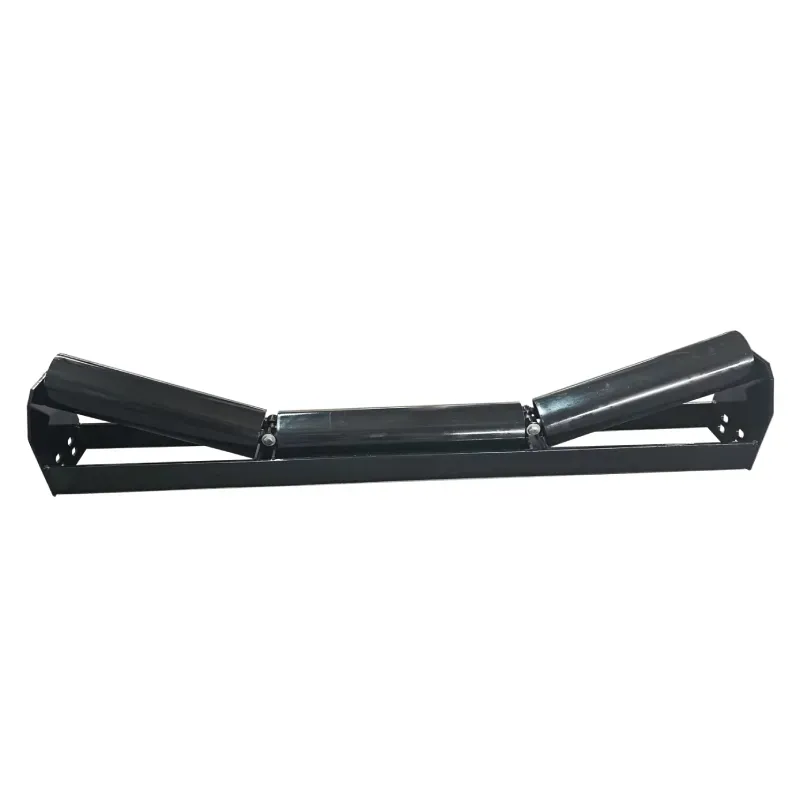 Afrikaans
Afrikaans  Albanian
Albanian  Amharic
Amharic  Arabic
Arabic  Armenian
Armenian  Azerbaijani
Azerbaijani  Basque
Basque  Belarusian
Belarusian  Bengali
Bengali  Bosnian
Bosnian  Bulgarian
Bulgarian  Catalan
Catalan  Cebuano
Cebuano  Corsican
Corsican  Croatian
Croatian  Czech
Czech  Danish
Danish  Dutch
Dutch  English
English  Esperanto
Esperanto  Estonian
Estonian  Finnish
Finnish  French
French  Frisian
Frisian  Galician
Galician  Georgian
Georgian  German
German  Greek
Greek  Gujarati
Gujarati  Haitian Creole
Haitian Creole  hausa
hausa  hawaiian
hawaiian  Hebrew
Hebrew  Hindi
Hindi  Miao
Miao  Hungarian
Hungarian  Icelandic
Icelandic  igbo
igbo  Indonesian
Indonesian  irish
irish  Italian
Italian  Japanese
Japanese  Javanese
Javanese  Kannada
Kannada  kazakh
kazakh  Khmer
Khmer  Rwandese
Rwandese  Korean
Korean  Kurdish
Kurdish  Kyrgyz
Kyrgyz  Lao
Lao  Latin
Latin  Latvian
Latvian  Lithuanian
Lithuanian  Luxembourgish
Luxembourgish  Macedonian
Macedonian  Malgashi
Malgashi  Malay
Malay  Malayalam
Malayalam  Maltese
Maltese  Maori
Maori  Marathi
Marathi  Mongolian
Mongolian  Myanmar
Myanmar  Nepali
Nepali  Norwegian
Norwegian  Norwegian
Norwegian  Occitan
Occitan  Pashto
Pashto  Persian
Persian  Polish
Polish  Portuguese
Portuguese  Punjabi
Punjabi  Romanian
Romanian  Russian
Russian  Samoan
Samoan  Scottish Gaelic
Scottish Gaelic  Serbian
Serbian  Sesotho
Sesotho  Shona
Shona  Sindhi
Sindhi  Sinhala
Sinhala  Slovak
Slovak  Slovenian
Slovenian  Somali
Somali  Spanish
Spanish  Sundanese
Sundanese  Swahili
Swahili  Swedish
Swedish  Tagalog
Tagalog  Tajik
Tajik  Tamil
Tamil  Tatar
Tatar  Telugu
Telugu  Thai
Thai  Turkish
Turkish  Turkmen
Turkmen  Ukrainian
Ukrainian  Urdu
Urdu  Uighur
Uighur  Uzbek
Uzbek  Vietnamese
Vietnamese  Welsh
Welsh  Bantu
Bantu  Yiddish
Yiddish  Yoruba
Yoruba  Zulu
Zulu conveyor bend pulley
Understanding Conveyor Bend Pulleys Essential Components for Efficient Material Handling
In the world of material handling and transportation, conveyor systems play a critical role in the efficient movement of goods and materials. Within these systems, various components interact to ensure smooth operation, and one such vital component is the bend pulley. As an essential part of conveyor design, the bend pulley facilitates the direction change of the conveyor belt and contributes significantly to the overall efficiency and functionality of the system.
What is a Bend Pulley?
A bend pulley is a type of pulley used in conveyor systems specifically designed to guide the conveyor belt in a desired direction. It typically operates at an angle and serves to redirect the belt to ensure that materials are efficiently conveyed to their intended destination. This component is crucial in creating bends in the conveyor system, allowing for more flexible layouts that can mimic the contours of a plant or warehouse.
The Role of Bend Pulleys in Conveyor Systems
1. Belt Direction Change The primary function of a bend pulley is to change the direction of the conveyor belt. In many industrial applications, it is often necessary to maneuver the belt around obstacles or through tight spaces. The bend pulley's role in facilitating these changes allows for more complex conveyor layouts without compromising efficiency.
2. Belt Tension Bend pulleys also help maintain proper tension in the conveyor belt. Correct tension is vital for reducing wear and tear, ensuring smooth operation, and preventing slippage. When properly installed, bend pulleys help maintain a consistent belt tension, which contributes to the prolonged lifespan of the conveyor system.
3. Load Distribution Bend pulleys help distribute the load evenly along the belt. This is particularly important in preventing excessive wear on certain areas of the belt, which can lead to premature failures and costly downtimes. By guiding the belt appropriately, bend pulleys ensure that loads are balanced and managed efficiently.
conveyor bend pulley

4. Sprung and Fixed Bend Pulleys There are mainly two types of bend pulleys sprung and fixed. Sprung bend pulleys are equipped with a mechanism that allows them to adjust the belt tension dynamically. This adaptability helps cope with changes in the load or belt conditions. In contrast, fixed bend pulleys provide a more stable setup and are typically used in situations where the load is constant.
Material and Construction
Bend pulleys are constructed from various materials, depending on their application and the environment in which they will operate. Common materials include steel and polymer composites, which offer durability and strength. Additionally, the surface of bend pulleys may be coated or treated to increase friction and grip, thereby enhancing the performance of the conveyor belt.
Maintenance and Best Practices
Proper maintenance of bend pulleys is essential to ensure their long-term functionality. Regular inspections should be conducted to assess the condition of the pulleys, checking for signs of wear, misalignment, or damage. Lubrication of bearings and moving parts is critical to prevent friction and overheating, which can lead to mechanical failures.
Moreover, understanding the environmental impacts on bend pulleys can help operators implement effective maintenance schedules. For instance, exposure to moisture, extreme temperatures, or corrosive elements can affect both the bend pulley and the conveyor system as a whole. Hence, adequate protective measures should be in place to mitigate these risks.
Conclusion
Bend pulleys are often overlooked components in conveyor systems, yet they play a pivotal role in the efficient movement of materials. By facilitating belt direction changes, maintaining proper tension, and ensuring balanced load distribution, these pulleys contribute significantly to the overall functionality of conveyor systems. Through regular maintenance and an understanding of their functions, operators can extend the lifespan of their equipment and optimize their material handling processes. As industries continue to evolve and seek more efficient solutions, the importance of reliable components like bend pulleys will remain critical in achieving operational success.
-
Revolutionizing Conveyor Reliability with Advanced Rubber Lagging PulleysNewsJul.22,2025
-
Powering Precision and Durability with Expert Manufacturers of Conveyor ComponentsNewsJul.22,2025
-
Optimizing Conveyor Systems with Advanced Conveyor AccessoriesNewsJul.22,2025
-
Maximize Conveyor Efficiency with Quality Conveyor Idler PulleysNewsJul.22,2025
-
Future-Proof Your Conveyor System with High-Performance Polyurethane RollerNewsJul.22,2025
-
Driving Efficiency Forward with Quality Idlers and RollersNewsJul.22,2025





























